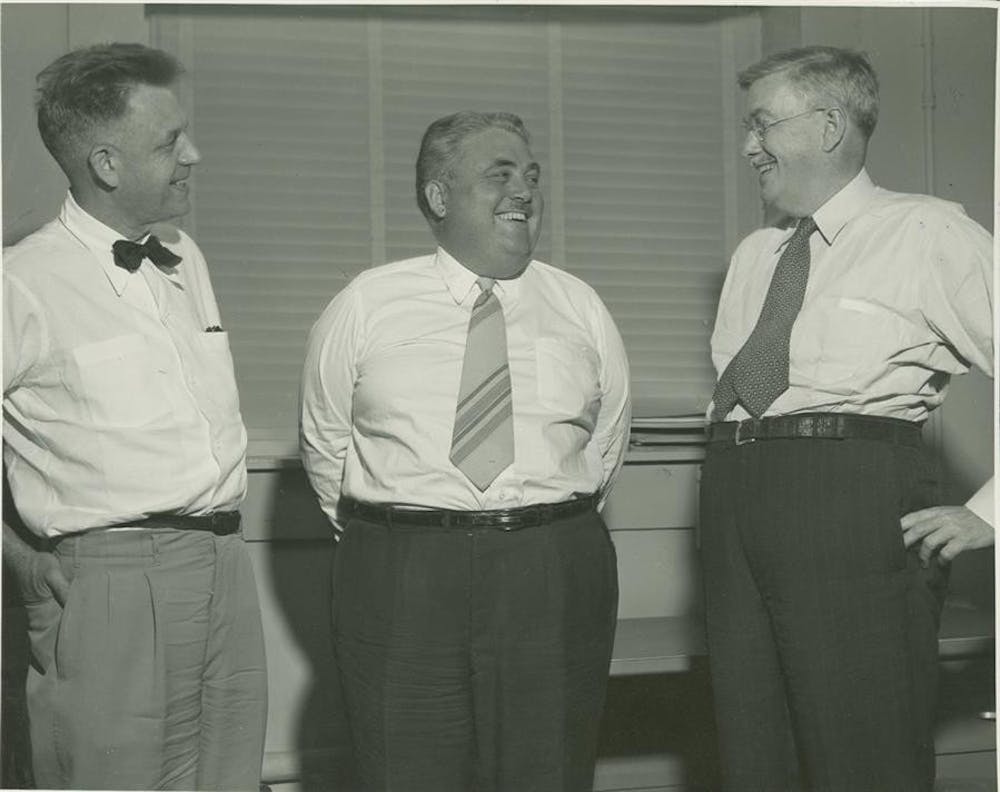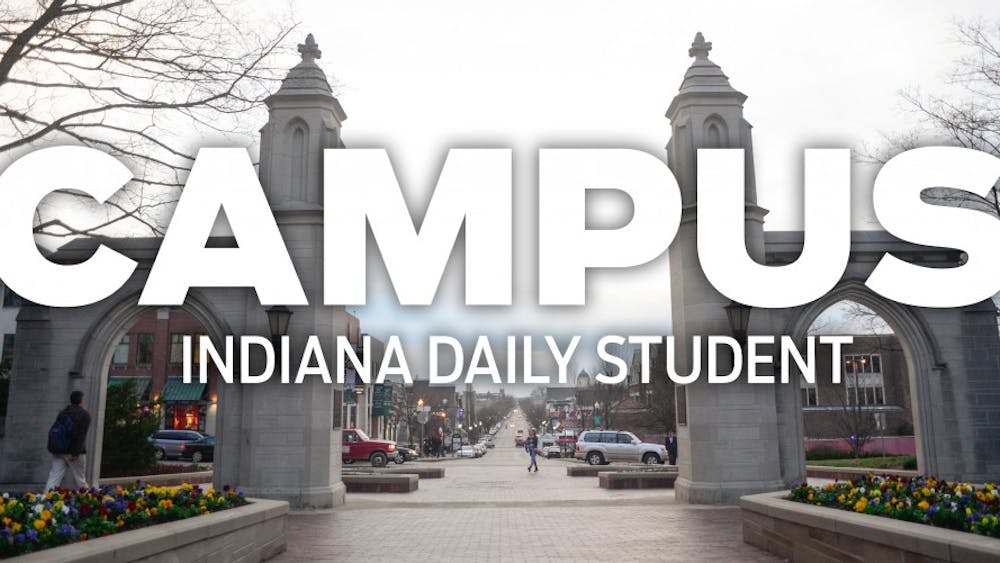Before Herman B Wells took charge of IU, the University was just a small Midwestern college with 11,000 students.
By the time he died in 2000, it had become a world-renowned institution with more than 90,000 students on eight campuses.
“He put Indiana University on the map,” said James Capshew, associate professor of history and author of a Wells biography.
Wells served as the 11th president of IU from 1938 to 1962 and as chancellor from 1962 until he passed away in 2000.
He came here as a student in 1921 and fell in love with the campus, Capshew said.
“When he became president, he was determined to offer students a similar experience to what he had,” Capshew said.
Wells is known for implementing some of the most substantial changes to the University that helped make it what it is today.
“He created, I think, a very extraordinary culture in Bloomington,” said Chancellor Ken Gros Louis, a man who knew Wells. “The most recently hired custodian was as important to him as the most distinguished professor.”
There are many stories about Wells’ successful desegregation efforts in Bloomington and on campus.
“He didn’t rustle feathers,” Capshew said. “He found a way to remove barriers.”
During the early part of his presidency, a restaurant originally located on Indiana Avenue, the Gables, did not serve black students. Wells called the owner of the restaurant and asked him to serve blacks. The owner refused.
“Wells said, ‘I understand, but I hope you will understand if I make the Gables off-limits to all students,’” Gros Louis said. “The owner started serving black students.”
He stood up against powerful figures in defense of Alfred Kinsey, whose research on human sexuality drew criticism.
As president and chancellor, Wells kept in mind the future growth of the University and realized that because the institution would far outlive him, he ought to provide for its future.
The Board of Trustees criticized Wells when he bought the land upon which Assembly Hall now rests, Gros Louis said.
“That’s the kind of vision he had,” Gros Louis said.
The first building Wells constructed as president was the IU Auditorium.
“He said he built it because he wanted to tell students, especially students from rural Indiana, that the world was available to them,” Gros Louis said.
That same spirit of global education was what led Wells to find instructors who could come from other countries and teach at IU.
“Indiana University built the strongest foreign language program of any university in the nation,” Capshew said. “That really got started with Wells after World War II.”
Wells genuinely cared about the University’s students, Capshew said.
Wells developed a reputation for remembering people’s names, even if they had only met once, and he frequently took strolls around campus to meet students.
In his old age, his assistants helped him.
“He really led through that empathy, that fellow feeling that he had for students and faculty,” Capshew said.
Today, the main library is named in Wells’ honor, and a bronze statue of him sits on a bench in the Old Crescent looking across Dunn’s Woods.
“He’s the one that made what I think is a very special culture,” Gros Louis said. “The time will come when nobody living will remember him, but he’ll still be remembered because of what he did for this University.”






